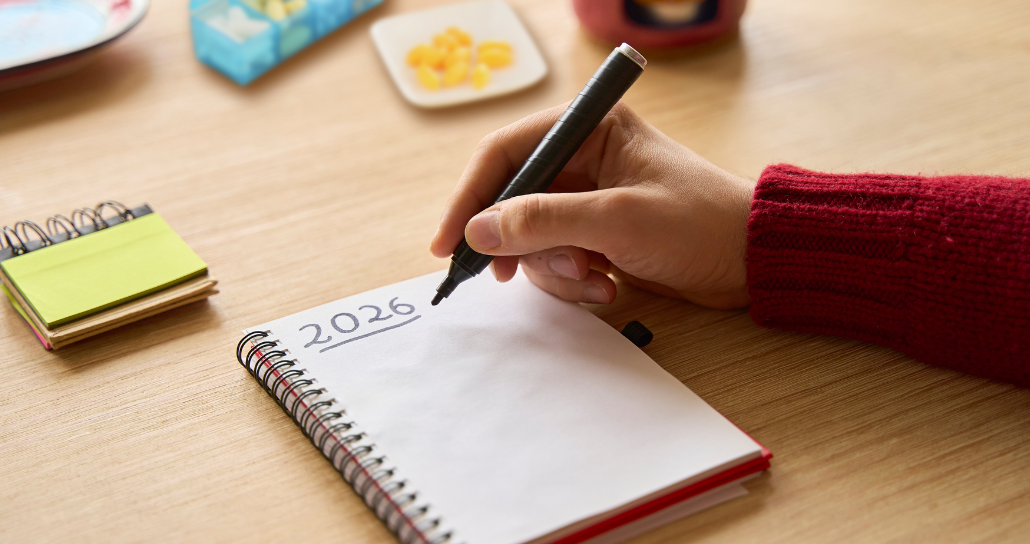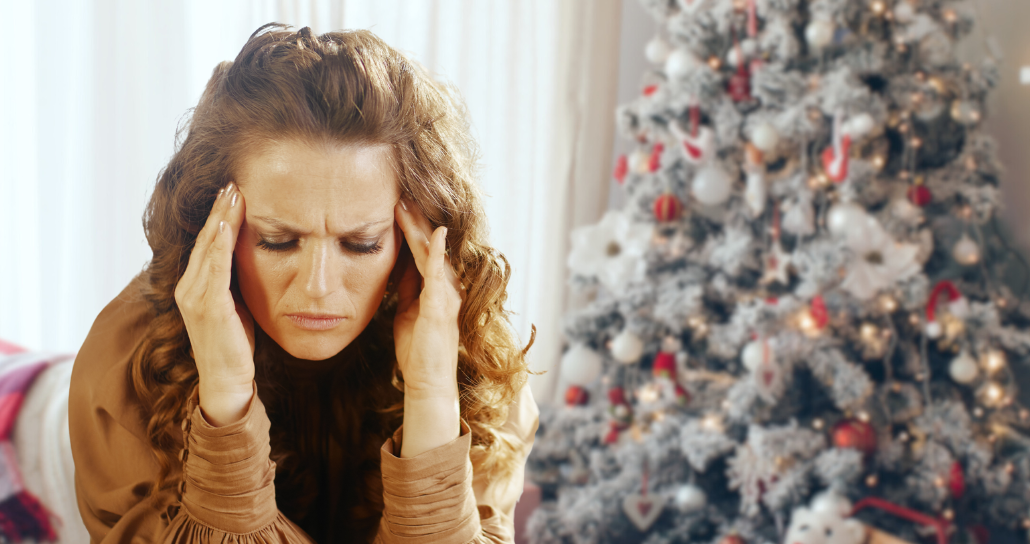Feeling Off Lately? Mold Could be the Hidden Cause

Have you been feeling persistently tired, achy, anxious, or just off, but can’t explain why? You might brush it off as stress, burnout, or allergies, but what if the cause is hiding in plain sight? It’s time to talk about a hidden health threat that might be affecting more people than we think: mold exposure.
What is Mold?
Mold is a type of fungus that is a natural part of the environment and can be found almost anywhere that moisture and oxygen exist. It reproduces by releasing small spores into the air, which can settle on surfaces and grow in the right conditions. Mold can be in many colors, such as black, green, white, or orange. It may look slimy, fuzzy, or dusty, depending on where it is growing.
Where Can Mold Be Found?
Mold can be commonly found in damp, warm, and humid environments. Common places to find mold include:
- Bathrooms (showers, under sinks)
- Kitchens (around leaky plumbing)
- Windowsills
- Basements
- Behind drywall or wallpaper
- In HVAC systems
Is Mold Dangerous?
Some mold can be harmless, but some species of mold produce mycotoxins, a substance that can negatively affect human health, especially when inhaled or touched over time. We’ve all heard of the infamous black mold, right?
When people talk about toxic mold, aka black mold, they often refer to a specific species of black mold called Stachybotrys chartarum. This species of mold is considered one of the most toxic due to the mycotoxins it releases, which are toxic to both humans and animals. Unlike other household molds, this species of mold needs consistent moisture to grow, so it usually shows up in places with long-standing water damage, leaks, or high humidity.
All types of molds can trigger symptoms in humans. But for some, especially those with allergies, asthma, sensitivities, or compromised detox systems, mold can wreak havoc on their bodies.
Your Feelings are Real: Symptoms of Mold Exposure
You're not imagining things. There are real symptoms of mold intoxication, also known as chronic mold exposure. Some symptoms might include:
- Headaches or migraines
- Muscle aches or joint pain
- Brain fog and memory issues
- Anxiety, mood swings, and depression
- Respiratory issues or sinus congestion
- Asthma flare-ups
Mold Exposure in Children
Children may be more susceptible to breathing in contaminants such as mold, making them more vulnerable to its effects. Their immune systems and lungs are still developing, and because they breathe faster than adults, they can inhale more mold spores per pound of body weight, increasing the risk of symptoms and long-term health effects.
Identifying mold exposure in children can be tricky since they can mimic common childhood illnesses. Some warning signs can be:
- Promotes a strong immune system
- Promotes cardiovascular health
- Promotes antifungal activity
- Promotes antiviral activity
- Promotes antibacterial activity
- Supports lung health
- Support healthy blood pressure
In children with asthma or allergies, mold can worsen symptoms, so it's important to keep an eye out for any warning signs of exposure.
How to Check for Mold
The easiest way to check for mold is to follow your nose. Mold often causes a damp, musty odor in a specific area. Check for any damp walls, carpets, or flooring where mold might be hiding. It’s also key to understand the difference between mold and mildew. Although both are types of fungus, there are significant differences in appearance, behavior, and health risks.
How do You Get Rid of Mold?
How to get rid of mold depends on the type of mold and how much it has spread. It is also vital to fix the source of the mold, such as a leak.
Here’s a quick guide on getting rid of mold:
- For small areas, use vinegar, bleach solution, or peroxide. This may not work for all types of molds and is best on non-porous surfaces such as tile.
- Protect yourself with gloves, goggles, and an N95 mask if necessary.
- Dry the area completely to prevent regrowth.
- Avoid painting over mold; it's best to remove it first.
- Porous material, such as carpet or drywall, may have to be replaced.
- If the mold is widespread, keeps coming back, or is in hard-to-get areas, it might be time to consider calling a professional.
Steps to Reset Your Health
Here are a few steps you can take to help you feel like your normal self again:
- Listen to Your Body- Take your symptoms seriously, especially if they are persistent or interfere with your daily activities. Mold might be worth investigating.
- Inspect your Environment- Check for leaks, flooding, or humidity problems and try to get them fixed as soon as possible.
- Clean and Prevent- Reduce humidity, improve ventilation, and use HEPA air filters to prevent mold growth.
Supplement Support for Mold Exposure
Chlorophyll Complex™- Chlorophyll's detox-promoting properties are believed to be attributed to its ability to bind and neutralize toxins, assisting in their removal from the body.
Internal Detox™- A combination of chlorophyll from mulberry leaves and thirteen ingredients to promote blood detoxification. Ingredients include activated charcoal, dandelion, and burdock root, which are known to support blood-purifying effects.
L-glutathione- Known as the "master antioxidant," glutathione helps neutralize free radicals and supports detoxification. L-Glutathione contains Setria® Glutathione, a high-quality, clinically studied glutathione, produced by a fermentation process.
Opti-Pulmo™- A premium lung support formula, formulated to promote respiratory health and healthy lung function. Especially helpful for those who suffer from respiratory conditions triggered by mold exposure.
Final Thoughts
While mold exposure may affect individuals differently, especially those with allergies, respiratory conditions, or sensitivities, it's best to minimize exposure whenever possible. Because the long-term impact of mold on overall health isn't fully understood, taking preventative steps is always a good idea. If you notice mold in your environment, remove it carefully and safely. For added support, consider incorporating a detox-focused supplement into your wellness routine to help your body maintain balance. And if feelings of discomfort or fatigue persist, it's always best to consult a qualified healthcare professional to explore any underlying concerns.
Your Hispanic American Health Store
Health Hispanica® is a Hispanic-American health store specializing in supplements from Hispanic-American-owned brands such as Natura-Genics® and Yerba Farma®. We strive to provide quality and innovative supplements at fair prices and educate our clients and community on healthy living.
The statements above have not been evaluated by the Food and Drug Administration (FDA). These products are not intended to diagnose, treat, cure, or prevent any disease.




Leave a comment